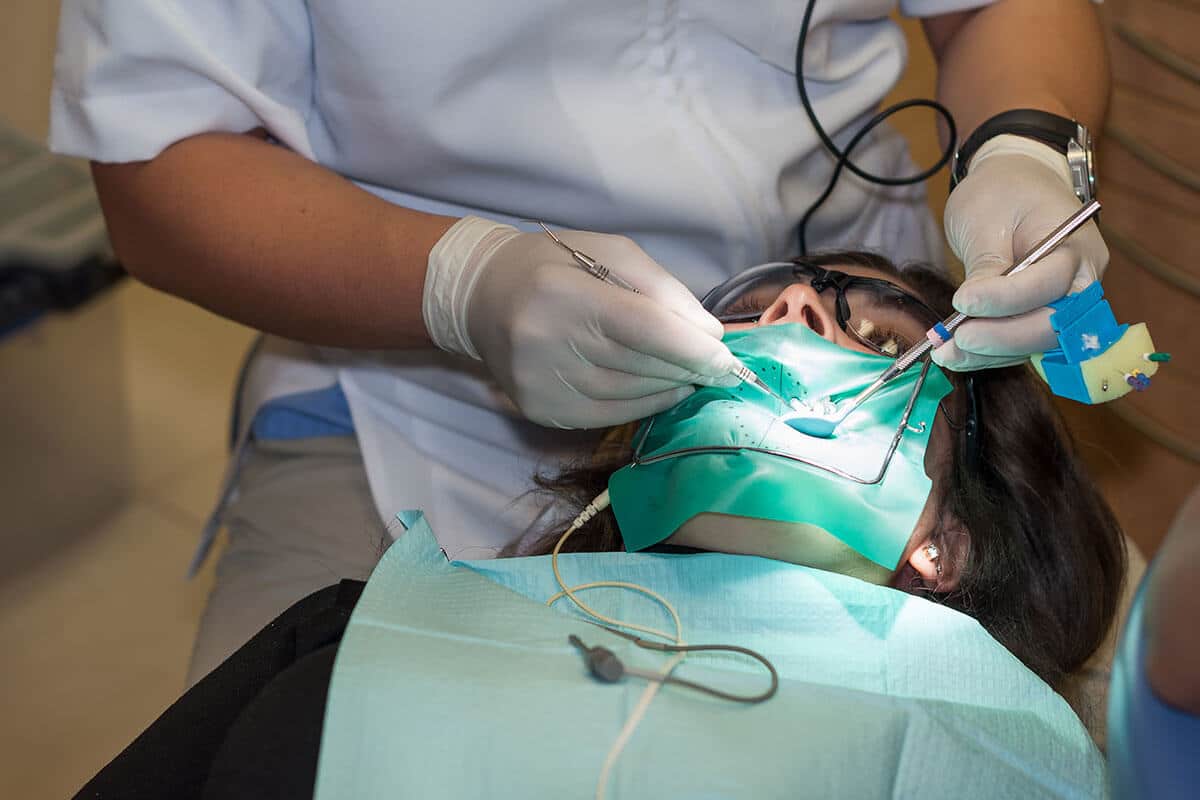When you feel chronic pain, prolonged sensitivity to hot and cold things, or discoloration of teeth, or facial swelling, or tenderness to chewing and touch, or formation of pus are some of the symptoms that warn you about the expansion of infection in the mouth. In such cases, it becomes essential to take root canal treatment to prevent tooth loss.

It is a misconception that root canal therapy is a painful procedure but it is not. It is a safe procedure to remove diseased tooth pulp.
To understand better about a root canal, it is important to know the tooth anatomy.The crown is the visible part of the teeth while the roots are the anchor of the teeth. The dental pulp which is a combination of nerves, tissues, blood vessels that senses the hot and cold substances when they come in contact while drinking or eating lie in the center of the tooth The common causes for this are cracked tooth, a deep cavity,
What is root canal therapy?
A root canal therapy is a type of surgical procedure that is used to remove an inflamed pulpal tissue of a damaged or infected tooth. The tooth pulp consists of blood vessels and nerves and each of them contains its own blood and nerve supply. The type of infection depends on the conditions of the formation of the infection.
Why does an individual need to go through root canal therapy?
The main cause of tooth nerve damage is trauma because a traumatized tooth may become loose, painful, and eventually become discolored. Traumatized teeth can remain lethargic and in a fixed state for years without causing any pain and therefore not requiring any form of treatment immediately. While other traumatized teeth may end in an intense situation where root canal therapy is required ASAP.
Root canal procedure:
In most cases, your dentist will register multiple visits to perform the process of root canal treatment. Usually, after a primary evaluation of your oral health, the dental clinic assistant will schedule appointments and let you know the number of sessions that will be needed. If the dentist finds an abscess or an infection in the tooth, antibiotics are usually prescribed, and only after the infection is stemmed that the root canal procedure can start. In most cases, local anesthesia is given before the procedure starts but if you have a known allergy to anesthesia, please inform the dental clinic. The other steps that are generally followed in a root canal procedure are:
- A dental x-ray is taken of the tooth and the entire tooth is visible and is used as a reference.
- After the tooth gets paralyzed, a rubber dam is located over your mouth. This shield is built from latex and keeps the tooth separated from the saliva. It needs to be remarkably dry before the procedure starts.
- The dentist may apply different chemicals to sterilize the tooth from both outside and inside. The fixed latex dam will guarantee that the chemicals do not enter your mouth.
- A small hole is pierced in the pulp chamber and using miniature files, the nerves and infected tissue is eliminated. Some of the tools are used by hand while others are used using the rotary instrument.

- Another x-ray is taken to determine the length of the root and it is important that the entire root is removed to ensure that there are no infections and aches later on. To remove the entire root, all of the nerve tissue from the tip of the tooth is removed.
- After the entire tooth has been cleaned, it is dried and a filling of rubberized material is put in to seal the tooth.
- The dentist will fill in the cavity after cleaning the decayed portions. Usually, a porcelain crown is put on or a gold capping is done, as per the individual's request. Capping or putting a crown is important as the blood supply and nerves have been removed and it can turn brittle over time.
How long does a root canal take to recover?
The Root Canal Recovery can take a few days to complete. If you experience any pain that is too severe to bear, indicates a problem. Some people require multiple cleaning for a successful root canal.
How much does a root canal cost?
Root canal cost may range from $400-$1000. For back molars, the cost ranges from $400-$1000.
Article source:- https://dentalofficehouston.blogspot.com/2021/04/root-canal-procedure-what-do-you-expect.html






Comments